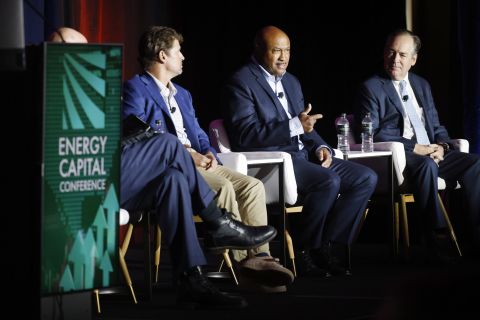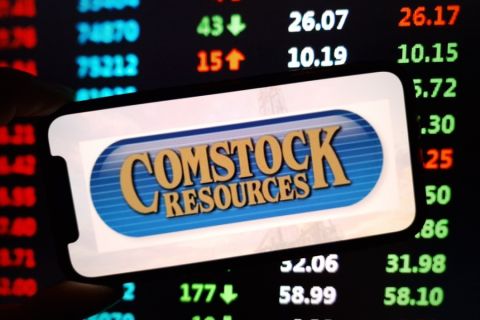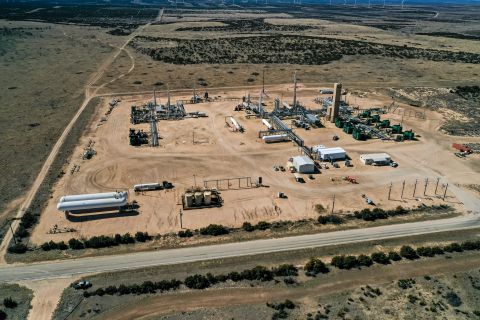Master limited partnerships are the big news in the equity market, but there could be some problems, according to Shannon Nome, Houston-based managing director and lead E&P research analyst for Deutsche Bank.
There are currently six E&P MLPs in the market with some $8- to $9 billion of market capitalization. That has grown from just $6 billion six months ago. "So what could go wrong?" she said at a joint Houston Energy Finance Group and IPAA program recently. The answer: changes in tax laws, interest rates, commodity-price hedging, overly aggressive expansions and an ill-advised rush to acquire assets.
Tax-law changes are a legitimate concern, she said. The chance that Congress will "pull the rug out from under MLPs" and take away the tax advantage is of primary concern to MLPs. However, to some extent, the chance of that happening is mitigated due to the fact that MLPs have been limited to natural resources since 1987, so they do not cause any large tax issues in the U.S.
In Canada, trusts were being formed across all industries, including retail and automotive, increasingly reducing total government tax receipts.
U.S. legislators are aware of the problem the tax-exemption rollback has caused the E&P industry in Canada: a 40% drop in drilling year-on-year. So, it is unlikely they will change tax law on U.S. E&P MLPs.
"I think the biggest risk to the MLP structure is the competition for assets that closes the arbitrage gap," None said. "All the capital that is raised has to chase assets to ensure distributions. Also, the current rush to acquire assets will bid up the price of low-capital-intensive assets, and ultimately drive overly aggressive expansion leading to execution failure, whether that is too much geographic diversity or other causes."
The model upstream MLP, she added, will have an LLC structure with no incentive distribution rights, minimized cost of capital to ensure a long-term sustainable model, low-capital-intensive and long-lived assets, ample drop-down potential from the master partner, adequately hedged commodity risk and low debt.
Recommended Reading
Post Oak Backs New Permian Team, But PE Faces Uphill Fundraising Battle
2024-10-11 - As private equity begins the process of recycling inventory, likely to be divested from large-scale mergers, executives acknowledged that raising funds has become increasingly difficult.
Analyst: Is Jerry Jones Making a Run to Take Comstock Private?
2024-09-20 - After buying more than 13.4 million Comstock shares in August, analysts wonder if Dallas Cowboys owner Jerry Jones might split the tackles and run downhill toward a go-private buyout of the Haynesville Shale gas producer.
BP Profit Falls On Weak Oil Prices, May Slow Share Buybacks
2024-10-30 - Despite a drop in profit due to weak oil prices, BP reported strong results from its U.S. shale segment and new momentum in the Gulf of Mexico.
Oxy’s Hollub Drills Down on CrownRock Deal, More M&A, Net-zero Oil
2024-11-01 - Vicki Hollub is leading Occidental Petroleum through the M&A wave while pioneering oil and gas in EOR and DAC towards the goal of net-zero oil.
Midstream M&A Adjusts After E&Ps’ Rampant Permian Consolidation
2024-10-18 - Scott Brown, CEO of the Midland Basin’s Canes Midstream, said he believes the Permian Basin still has plenty of runway for growth and development.
Comments
Add new comment
This conversation is moderated according to Hart Energy community rules. Please read the rules before joining the discussion. If you’re experiencing any technical problems, please contact our customer care team.





